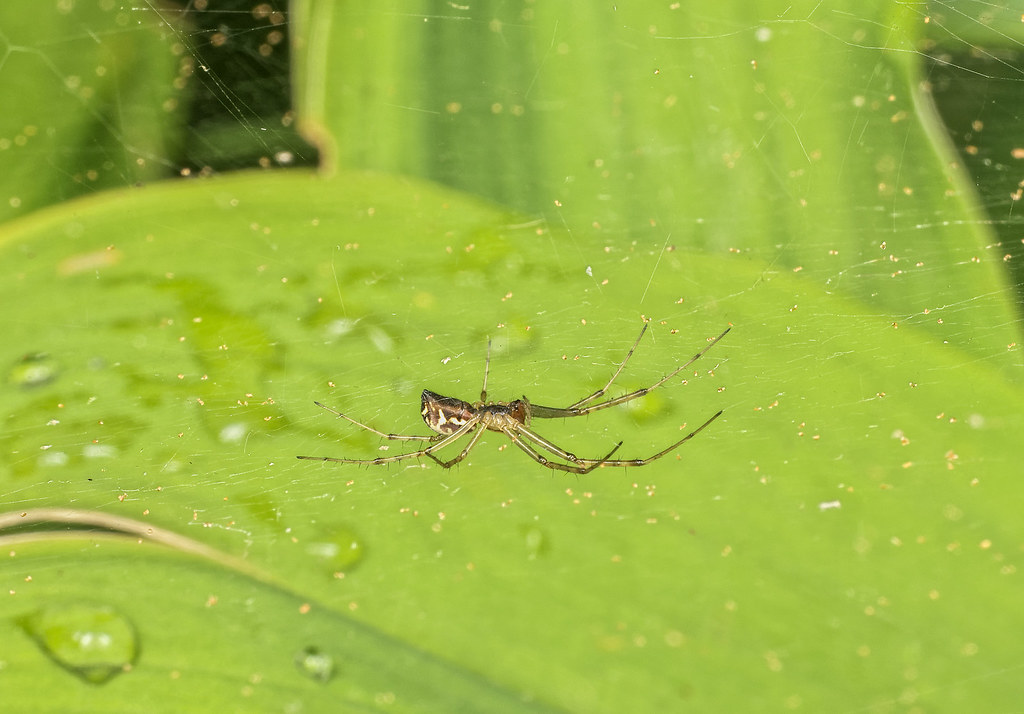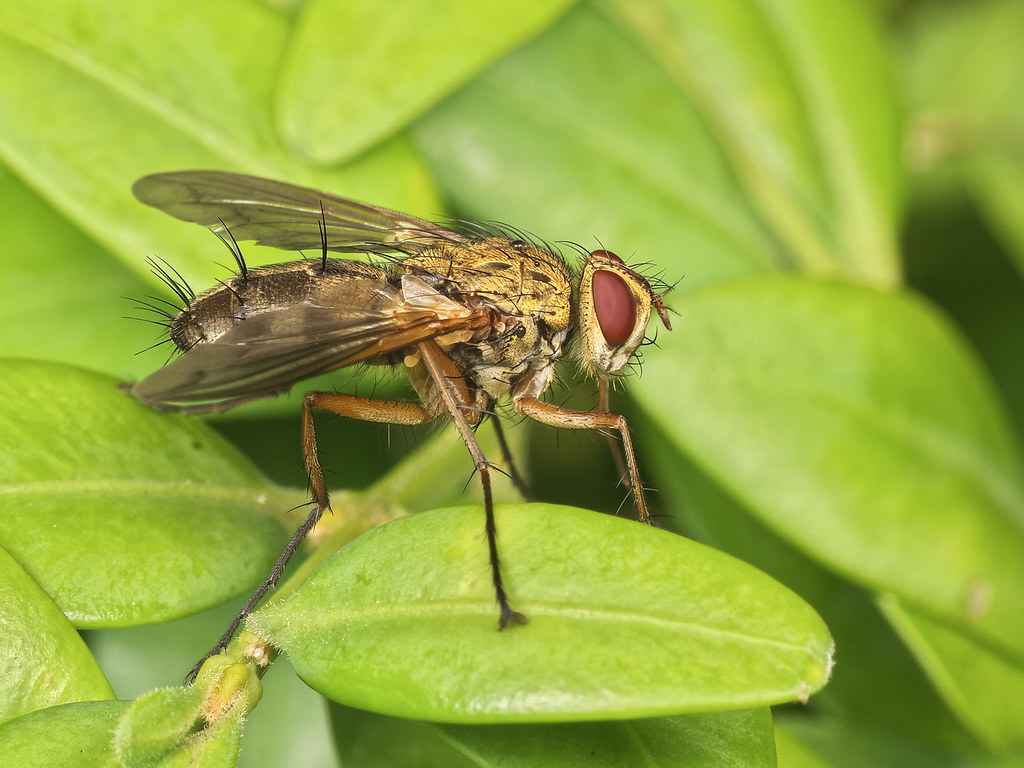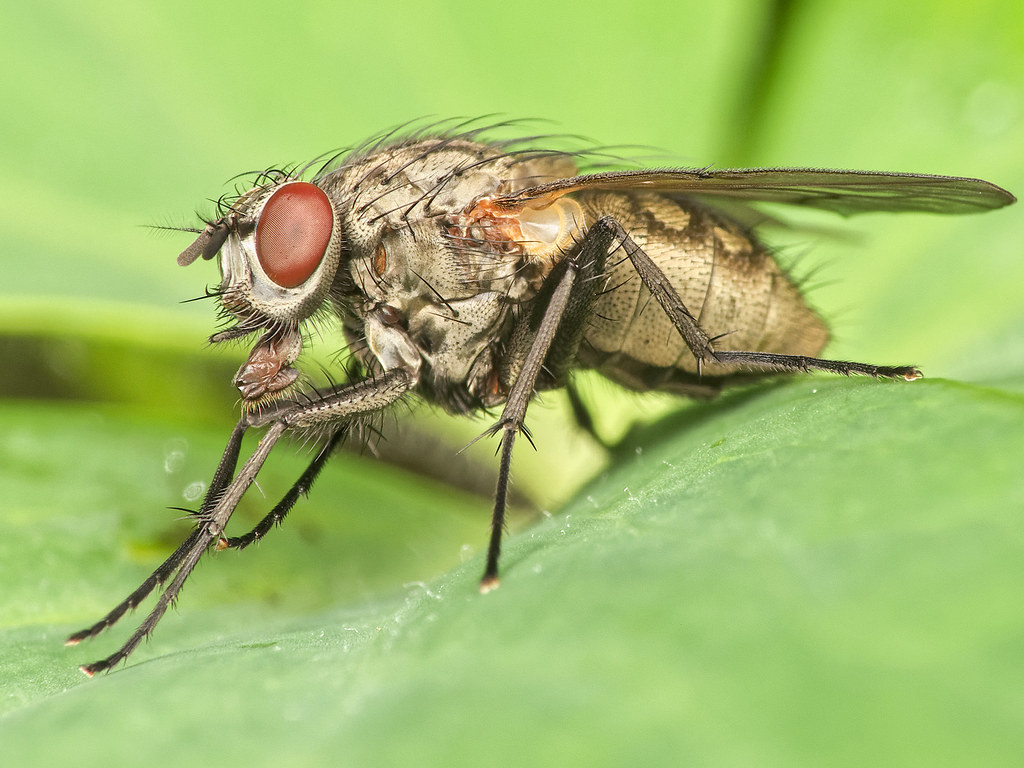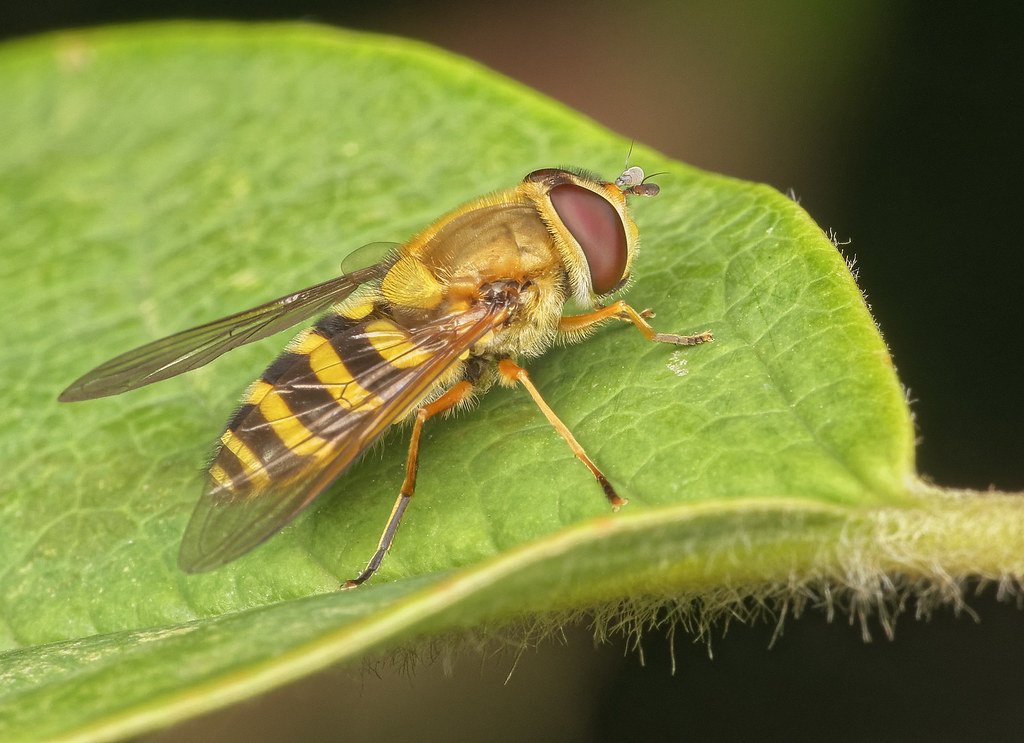Great shots as usual, very natural looking images with superb detail. Certainly highlights some of the advantages that smalls sensors can provide in certain shooting situations especially in terms of DOF.
Regards
Tim
Thanks Tim.
It is true that you can get more DoF from a smaller sensor at any particular aperture. However, you can use smaller apertures with larger sensor cameras and it more or less evens out. For example, f/8 is the minimum aperture on my bridge cameras like the FZ330 used for these shots. The minimum aperture on my micro four thirds cameras is f/22 and on my APS-C camera is f/22 - f/32 depending on the lens and focal length I'm using. I get the same DoF at f/22 with micro four thirds and f/28 with APS-C as with the bridge cameras at f/8.
In fact, with macro you can often get more DoF with larger sensor interchangeable lens cameras than fixed lens small sensor cameras like my bridge cameras. This is because what matters is not the "nominal" aperture (the one the camera says you are using*) but the "effective aperture". The effective aperture decreases as the magnification increases according to the formula
Effective aperture = Nominal aperture x ( 1 + magnification)
So for example (with some rounding in some of these examples) if you are shooting at 1:1 using f/11 then the effective aperture is f / ( 11 * (1+1) ) = f/22.
If you are at 1:1 using f/22 then the effective aperture is f/45.
If you are at 2:1 using f/16 (which is for example the minimum aperture on the Canon MPE-65 lens) then the effective aperture is f / ( 16 * (1+2) ) = f/45
If you are at 5:1 using f/16 then the effective aperture is f / (16 * (1+5) ) = f/90
You can also increase DoF by filling less of the frame with the subject and then cropping. There is more scope for this with larger sensor cameras.
When using close-up lenses this formula does not apply. The effective aperture remains what it is when using the bare lens.** This means the maximum DoF I can get with my small sensor cameras is limited to what I can get with effective apertures of f/22 on micro four thirds, f/28 on APS-C and f/45 on full frame.
*Unless you are using a Nikon camera, in which case it may tell you the effective aperture.
** I use my close-up lenses on tele-zoom lenses. The tele-zoom lenses are low magnification. The formula does apply to the camera lens, but because they are low magnification, typically around 0.25X magnification, the decrease in effective aperture is not significant. Adding a close-up lens does not increase this mild effect.
Here are some examples (as usual the detail shows up better if you click through to Flickr and look at the 1300 pixel high versions). These are not exactly like for like with the images in the top post, but hopefully near enough to illustrate the point.
First, some f/22 examples with micro four thirds. (These are the nominal apertures, which for these examples is the same as the effective aperture, because they all used close-up lenses.)
Panasonic G3
#9
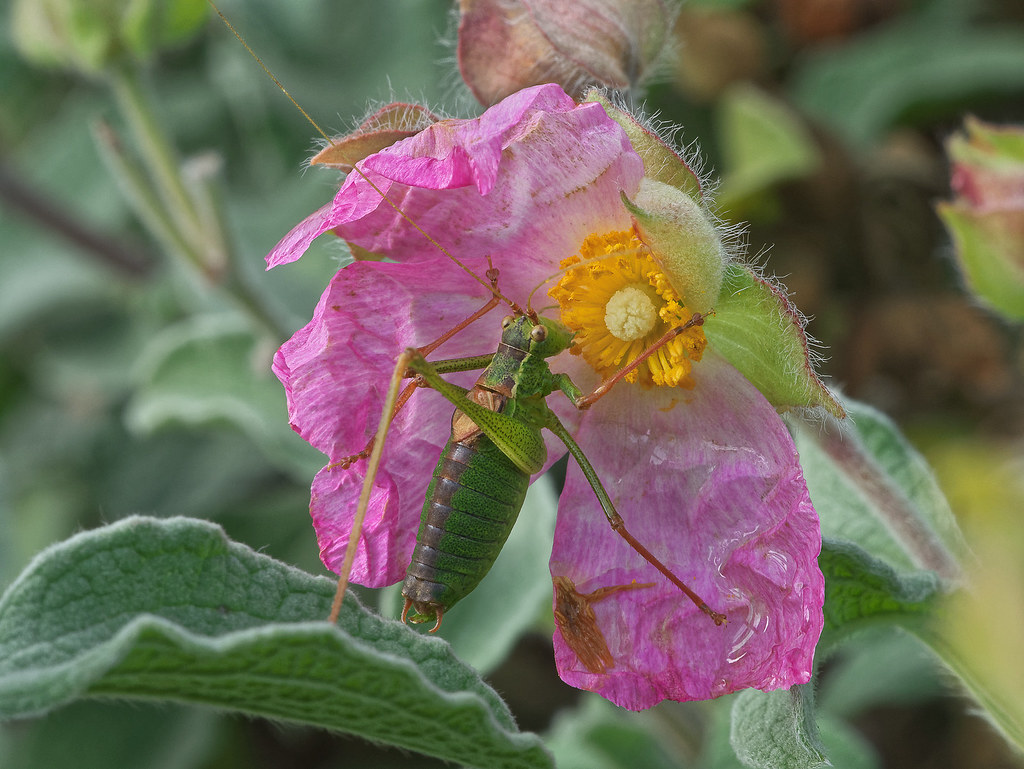
1182 01 01 1081 01 G3 P1710921_DxO 0100RAW01cP SP7 LR6 1300h by
gardenersassistant, on Flickr
#10

1182 02 02 1081 02 G3 P1340241_JPEG DXO 11 01c SP7 LR6 1300h by
gardenersassistant, on Flickr
#11
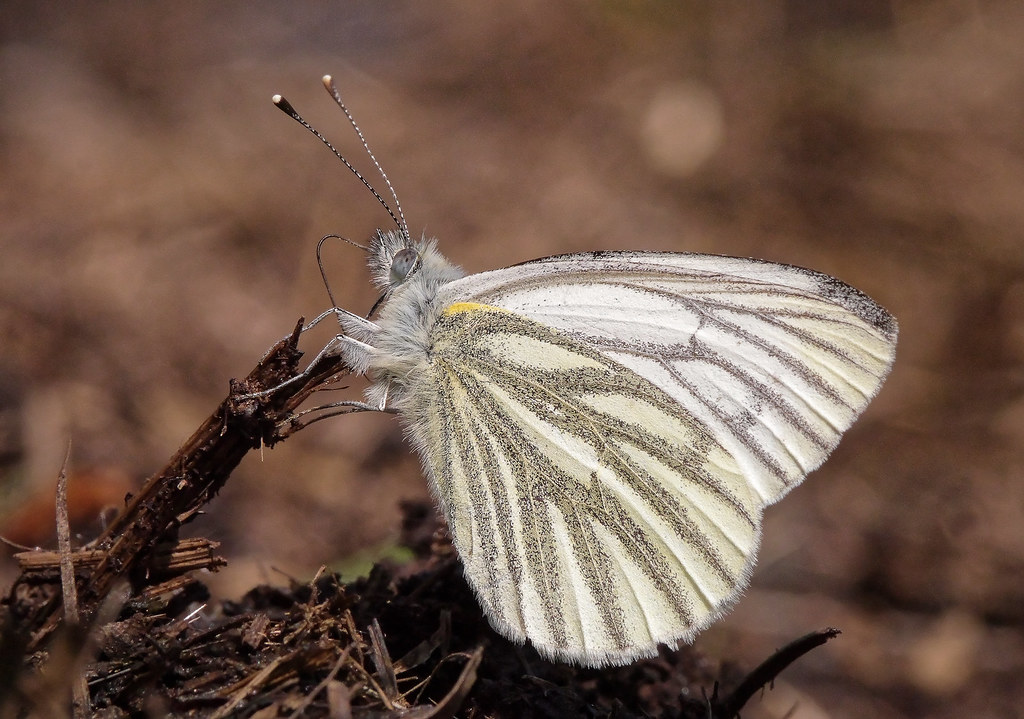
1182 03 03 1081 03 G3 P1340183_JPEG DXO 11 01c SP7 LR6 1300h by
gardenersassistant, on Flickr
Panasonic G5
#12

1182 04 04 1081 04 G80 1024 55 2015_08_07-8 P1040070_DxO RAW01a100 SP7a LR6 by
gardenersassistant, on Flickr
#13
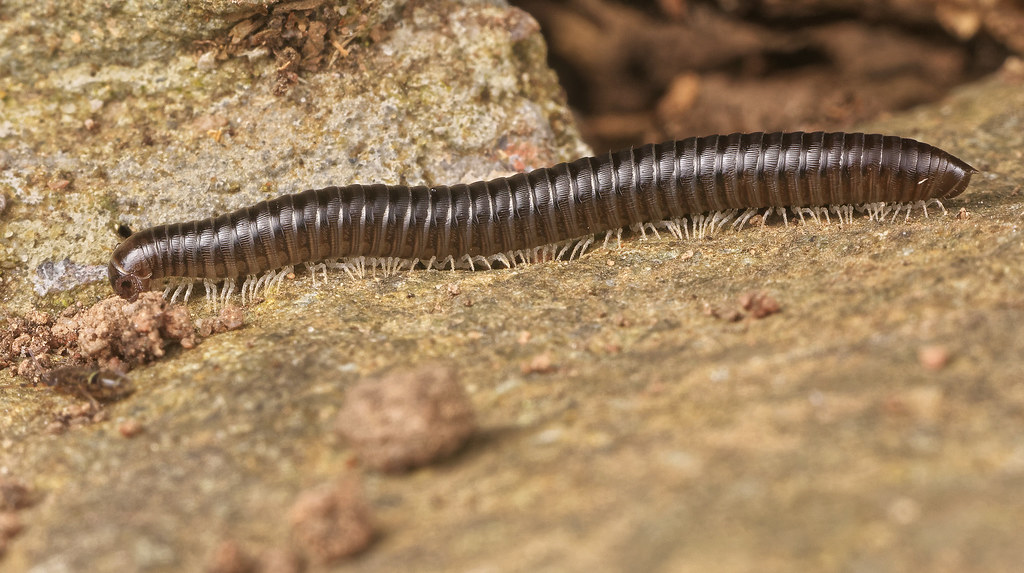
1081 07 G80 1063 16 2016_03_22 P1140801_DxO RAW01a100 SP7 LR6 1300h-2 by
gardenersassistant, on Flickr
Canon 70D
A couple of f/32 shots
#14
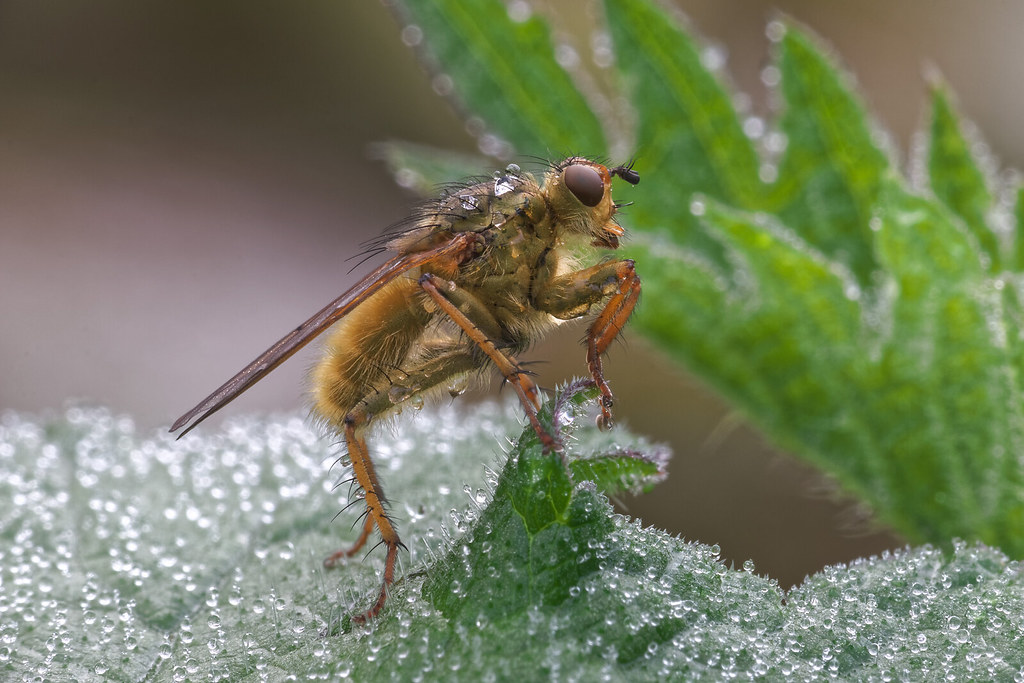
1182 06 06 IMG_3423_DxO 0100RAW01cP SP7 LR6 1300h by
gardenersassistant, on Flickr
#15

1182 07 07 IMG_3579_DxO 0100RAW01cP SP7 LR6 1300h by
gardenersassistant, on Flickr
And an f/22 70D shot.
#16

1182 05 05 IMG_0137_DxO 0100RAW01cP SP7 LR6 1300h by
gardenersassistant, on Flickr
For invertebrates I routinely use the minimum aperture available. (This is with close-up lenses on low magnification tele-zoom lenses, where magnification does not significantly effect effective aperture. Were I using macro lenses and/or extension tubes or teleconverters I might not use the minimum aperture available when working at higher magnifications. I might well restrict the effective aperture to f/45 full frame equivalent or so - what I currently get with my close-up lenses.)


